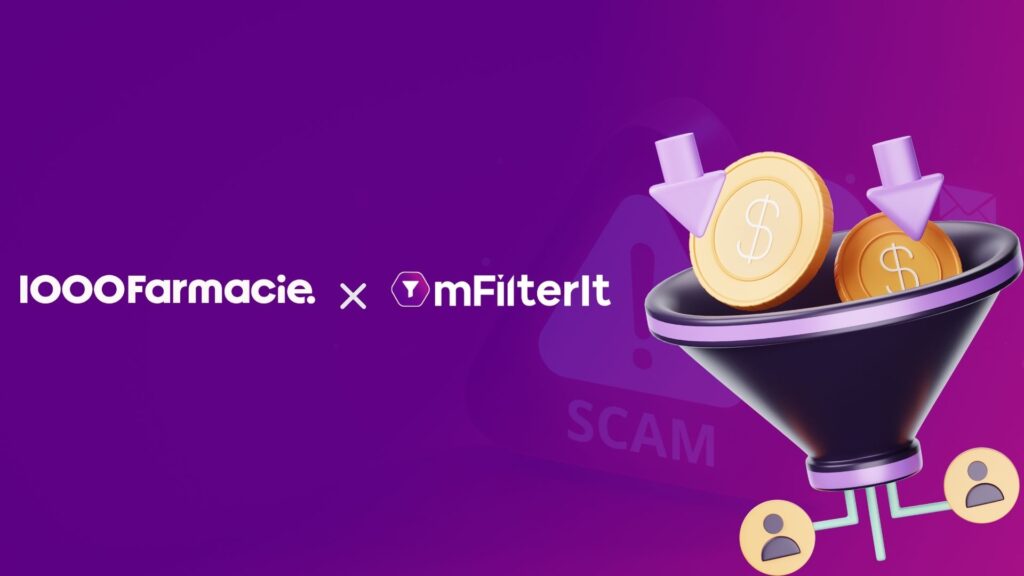Product listings on eCommerce marketplaces don’t often have prices varying from the original cost. According to a Statista report, 32% of eCom brands from North America and Europe said they wouldn’t introduce dynamic pricing on eCom stores. MAP or Minimum Advertised Price is the lowest cost at which sellers and re-sellers can sell products on eCom marketplaces like Amazon, Big Basket, Flipkart, etc.
Manufacturers, distributors, and retailers create a MAP agreement policy before selling products online. Setting up such a policy upholds the brand’s reputation and ensures retailer margins. Unfortunately, brands constantly face MAP violations through eCom sellers and re-sellers, disrupting this ecosystem and introducing unwanted sellers into the sales funnel. The problem with the brand’s product available at lower than the MAP also drastically spoils the brand’s reputation in the eyes of the consumers.
Moreover, such customers often receive counterfeit or duplicate products, further damaging the brand’s credibility and disrupting the existing customer base. Sellers/re-sellers violating the MAP policy often receive negative product reviews and ratings on eCom marketplaces. The problematic areas are mostly addressed towards brands and offer competitors an opportunity to scale their business by offering good quality products.
Table of Contents
ToggleThe Bond and Difference Between MSRP and MAP
While MAP is the Minimum Advertised Price for selling products that target the retailers, MSRP stands for the Manufacturer’s Suggested Retail Price and caters to the maximum chargeable limit of a product towards a customer. Retailers can diminish the MSRP for clearing stocks or during festive seasons to increase sales and revenue; however, the same is not true for MAP. Moreover, retailers can face legal actions for violating the MAP agreement policy for breach of contract.
Maintaining a product price between the MSRP and MAP enables retailers and brands to continuously incur profit margins while maintaining the brand’s messaging set through the price. After reviewing the product price, it informs the buyer that the brand is not willing to go below a point for selling its products and targets individuals who have a keen interest in its offerings. This ideology is even applied when consumers use discounts, promotions, offers, etc.
Key Highlights Between MSRP and MAP
- MSRP can diminish up to the limit of MAP
- MAP majorly targets retailers, whereas MSRP aims at customers.
- Setting price between MAP and MSRP gives clear pricing messaging to the buyers.
- Discounts, offers, promotions, etc., undertake the MSRP and MAP ideologies.
The Fastest Method for Monitoring MAP Violations in Real-Time
Reducing such instances from sellers and re-sellers is necessary for eCom brands, given the repercussions of MAP violations. Having first-hand knowledge of the online issues arising from this concern requires continuously monitoring eCom websites and apps.
eCom Competitive Analytics, commonly known as mScanIt, uses the latest technology to cite screenshots of MAP violations on eCom marketplaces like Amazon, Big Basket, Flipkart, etc.
The solution sends real-time notifications to brands for instances of MAP violations and allows revoking pricing disruption while maintaining brand credibility. Moreover, mScanIt, powered by mFilterIt, also highlights counterfeit product listings found in online shopping stores.
How to Reduce Unending MAP Violations?
Revoking MAP violations through continuous monitoring is a necessity of the hour; however, brands can also use the following tips for reducing them on eCom marketplaces:
Cultivate an Environment of Trust
Rewarding retailers diligently following MAP agreement policy is crucial to flagging off MAP violators. The problems of nearing the stock expiration date, low demand, D2C competitors, etc., is common for all e-commerce sellers; however, some manage to follow through with the agreement and achieve their profit margins.
Brands can reward such retailers with higher margins, relaxing rules during occasions like Ramadan, Navaratri, Easter, etc., sales, or making them stars in internal communities. Motivating rewards through such rewards can significantly encourage other eCom sellers and re-sellers to take a similar approach.
Build Better Communication Channels
The recent changes in laws, rules, or guidelines may not reach a common retailer or garner interest unless the brand notifies them about them. The MAP agreement policy might remain intact; however, new opportunities for optimally increasing revenues for brands and retailers may continuously arise.
Therefore, brands should take initiatives to communicate useful information that may offer dual advantages continuously. Such an activity would harness better communication channels and resolve common problems faced by retailers due to the ongoing MAP agreement policy. As a result, brands could witness lower MAP violations and higher sales on eCom marketplaces.
Harness Goodwill Through Retailers
Another method of diminishing MAP violations across eCom marketplaces is by harnessing the goodwill of the retailers. It means that brands should make efforts diligently to reward retailers for achieving high-profit margins while following the MAP agreement policy.
By highlighting retailers within internal channels and patting their backs, brands get a chance to achieve the retailer’s goodwill. Moreover, it enhances the chance of good word-of-mouth communication among the peers of the retailers. As a result, brands can expand their goodwill community of retailers in the long run.
Enforce Specialists for Revoking MAP Violations
Building retailer goodwill, creating better communication channels, and cultivating an environment of trust can prove useful but may not grab the attention of all retailers. Therefore, monitoring MAP violations and enforcing a team of specialists for revoking ongoing & upcoming instances becomes necessary.
eCom Competitive Analytics, a.k.a., mScanIt, proves a useful solution backed by a team of data scientists for achieving this goal. It incorporates the parameters designated by the brands and uses them to track deviations across eCom marketplaces. Besides the set KPI deviation alerts, brands also get a fighting chance to deal with retailers through the real-time insights curated through technology.
Another advantage of using an automated system for tracking MAP violations is that the brand learns about the competitor prices of similar products across platforms. Navigating into deep-diving helps in enhancing pricing intelligence.
Final Words
Stopping MAP violations across eCom stores safeguards brand reputation and maintains retailers’ profit margins. However, tacking this problem manually is not humanly possible due to the growing number of counterfeit or duplicate product sellers. As a result, the demand for eCom Competitive Analytics has become crucial.
Moreover, mScanIt also offers a range of insights that help brands resolve MAP violations in different eCom stores. By retaining credibility, brands have a fighting chance of maintaining their credibility in the eyes of the customers and the retailers. Simultaneously, it no longer grieves due to lost revenue or reduces instances of legal penalties against its online sellers.
Connect with us to learn more about the advantages of mScanIt for your brand by leaving a comment or submitting your query here.









